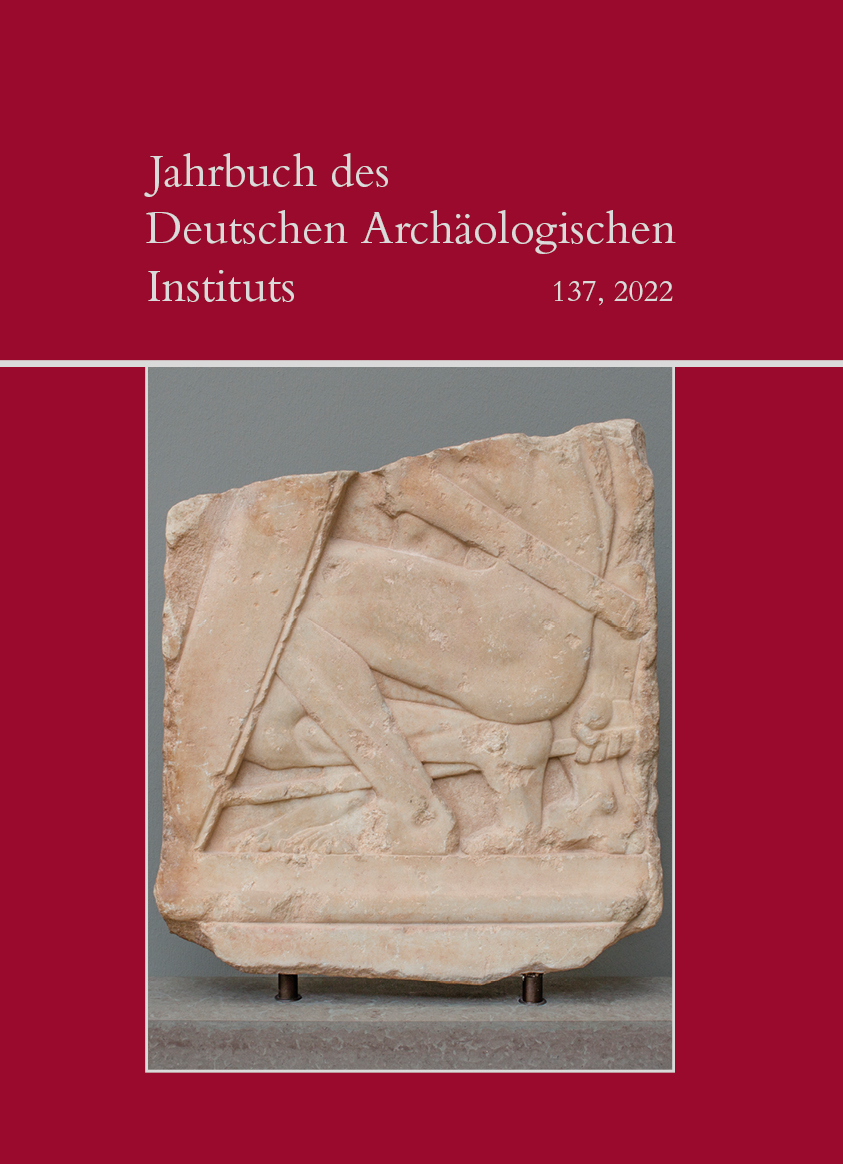A Late Archaic/Early Classical Greek Relief with Two Hoplites (Ny Carlsberg Glyptotek IN 2787)
https://doi.org/10.34780/1bb3-3a3d
Resumen
The relief, republished in the present article in the form of a joint archaeological and historical investigation, has not been dealt with at any length since 1942. We identify it as a fragment of an Attic gravestone dating from the Late Archaic / Early Classical period. The hoplites’ weapons are standard, but their postures are unique: they are defensive, but indicate readiness for action. This is interpreted as a measure against long range weapons, probably arrows. Missile combat was of limited importance in Archaic and Classical Greek city-state warfare, yet the scene depicted suggests an opposing force fielding large formations of archers or slingers. The relief may depict fighting between Athenian and Persian forces. Volleys from massed Persian archers may have led to countermeasures among hoplites, such as ›shield aprons‹. In showing the moment before action is unleashed, the scene relates to an Early Classical rather than a Late Archaic way of visual communication.
Palabras clave:
Greek Relief Sculpture, Archaic Attic Gravestones, Polychromy, Surface Mapping, Greek Polis Warfare, Hoplite Weapons and Tactics, Persian Wars





